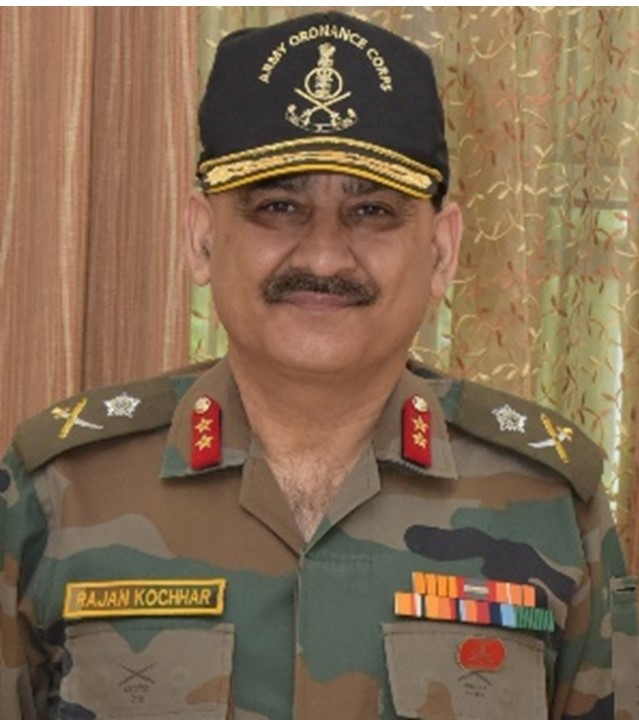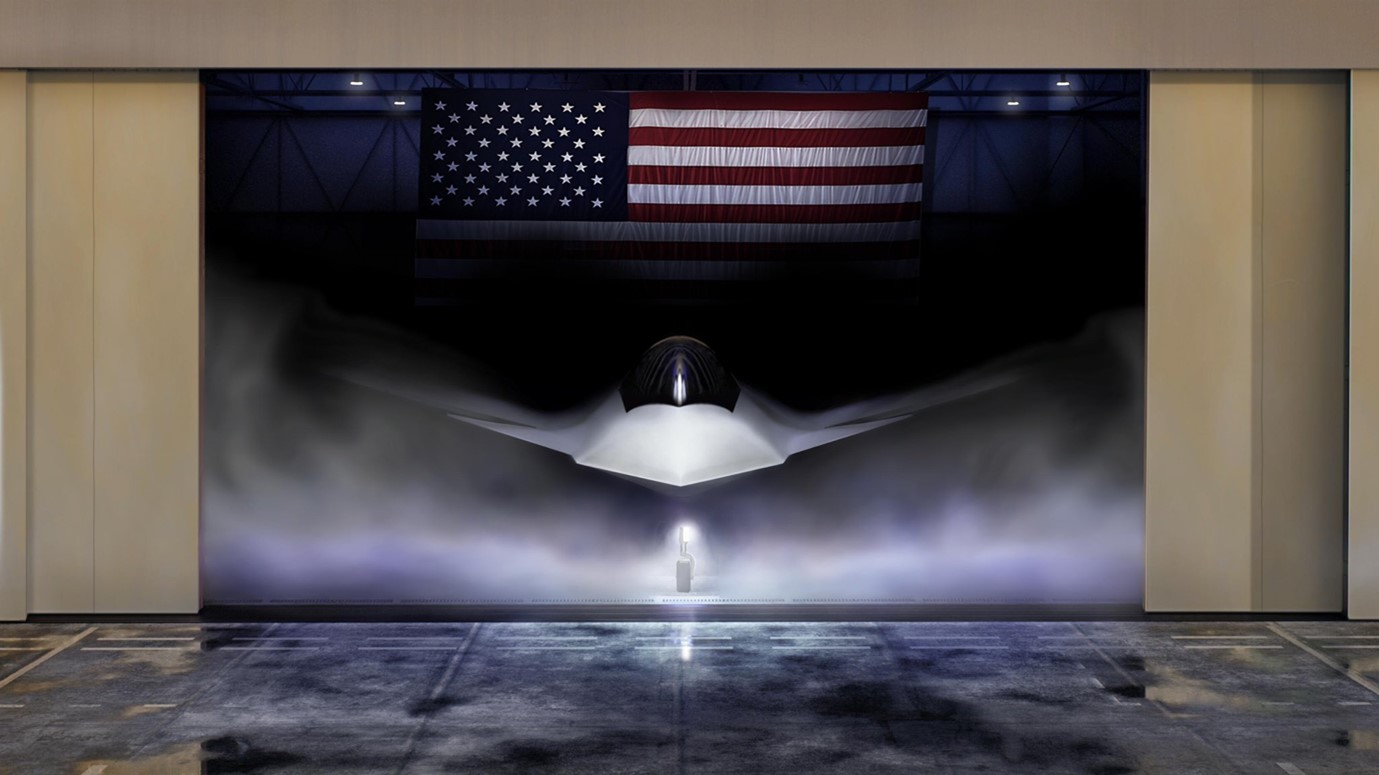
India’s Quest Towards Defence Modernisation: A Pragmatic Approach

Security and operational preparedness of any nation would always be its utmost priority. Therefore, given the present circumstances of economic instability in the world in general, with the Russia-Ukraine conflict not getting resolved, it was no surprise that this year’s defence budget fell much short of the presumed expectations of many.
Defence Budget 2023-24
The ever-increasing threat of China at the LAC, and the volatility of the Line of Control (LC) with Pakistan as well as the internal security situation, did not leave many options to the Govt to allocate anything lesser than what has been done. Therefore, in real terms the allocation of Rs 5.94 lakh crores for the fiscal year 2023-24 to defence should be seen as a progressive move.
The major areas of focus remain as Capital Expenditure, where the allocation of Rs 1.62 lakh crores would be utilised for procurement of new weapons, aircraft, warships and other military equipment. The other important area relates to the improvement of border infrastructure in terms of allocation of Rs 5000 crores, a major increase from Rs 3500 crores from the previous fiscal year. This increase would certainly give a boost to improving roads, bridges, helipads, advanced landing grounds and related infrastructure requirements.
Assimilation of Advanced Defence Technology
Apart from these two major focus areas, the Govt would need to prioritise technology induction for assimilation and absorption. With the concept of warfare undergoing a major transformation and military doctrines being reviewed, the future war outcomes will heavily rely upon cyber, space and electro-magnetic spectrum. To bring in these changes the key stakeholders will be military, private industry and academia. This would lead to a much-desired synergy between these three entities.

The Army Design Bureau which has the designated role of being a single point agency within the Army to bring about this transformation has to be more dynamic and expand its reach beyond the present to engage with IITs, IIMs and the likes to ensure a greater civil-military fusion. There is no point in patting our backs because we really have not achieved the kind of milestones which were desired. The Govt would also need to resuscitate the Technology Development Fund as in its present form it will take years to get success on major technology areas especially in the domains of cyber and space.
Need for Strategic Partnerships
An impetus to the development of strategic partnerships with OEMs and MNCs need a further re-orientation. The areas where transfer of technology is required should be identified especially with regard to the manufacture of aero engines and turbines for aircraft and ships. There may also be a need to review the Defence Acquisition Procedure 2020 since in its present form it seems inadequate to meet the challenges of greater indigenization and enhancement of domestic manufacture. The procedure needs to be simplified further to ensure the allotted budgets get expended.
Need for a Pragmatic Approach
Though it may be important to infuse new technology such as AI, Quantum computing, Robotics, Block Chain, Data Analytics and so on, it would be equally mandatory to look into our legacy equipment which constitutes more than 70% of the total inventory with the armed forces. There is a need to upgrade these systems with new technology and see how amalgamation can take place to improve the efficacy of these equipment which largely function in analogous mode.
It would not be out of place to position officers of the armed forces who have a flair for technology in institutions such as IIT/IIIT/IIMs on specific projects which require a high technology orientation and makes use of dual use technologies which would benefit both the military as well as civil industry.
It is therefore extremely important that infusion of technology needs to done in a proactive manner rather than reactive manner as is the situation now. Most of the time we tend to focus on acquisition of new equipment rather than invest in basic sciences and technologies of the future which should cater to our operational requirements for at least the next two decades.
Review of Corporatization of Ordnance Factory Board (OFB)
Corporatization of OFB was a very important step taken by the Govt in a series of defence reforms which took place in 2020-21. There is a need now to review this entire process to see how these new seven entities which were formed have fared. The aspect of quality, pricing and timely deliveries still require a greater fine tuning. There is a need to embrace cost cutting technologies and focus on desired quality outcomes to ensure greater competitiveness and thereby improve our percentage of export orientation. We need to achieve the target of Rs 35000 crores in exports by 2025. These entities would also be required to build in the capabilities for surge requirements whenever required.
Conclusion
The defence modernisation certainly needs a whole of nation approach due to our present geo-political environment and there is a need to bring in greater indigenization especially if we have to manufacture our own aircraft and submarines within the country. The aviation sector needs a strong push. It is indeed a long way to go which would require a continuous effort from all stake holders to ensure ‘Make in India’ does become a reality.
Disclaimer
The opinions expressed in this article are the author’s own and do not reflect the views of Chanakya Forum. All information provided in this article including timeliness, completeness, accuracy, suitability or validity of information referenced therein, is the sole responsibility of the author. www.chanakyaforum.com does not assume any responsibility for the same.
Chanakya Forum is now on . Click here to join our channel (@ChanakyaForum) and stay updated with the latest headlines and articles.
Important
We work round the clock to bring you the finest articles and updates from around the world. There is a team that works tirelessly to ensure that you have a seamless reading experience. But all this costs money. Please support us so that we keep doing what we do best. Happy Reading
Support Us















POST COMMENTS (1)
Krishan Chauhan